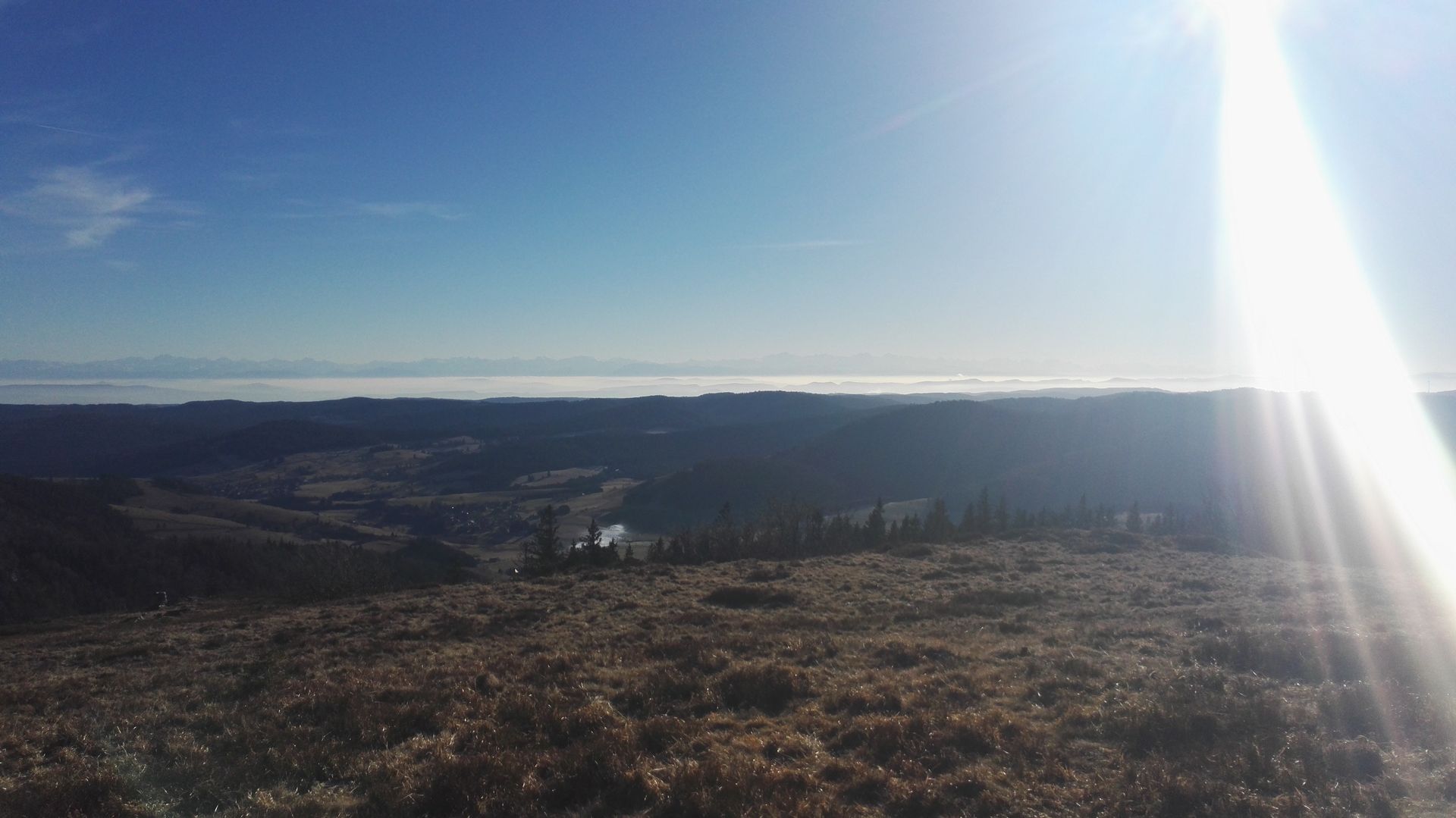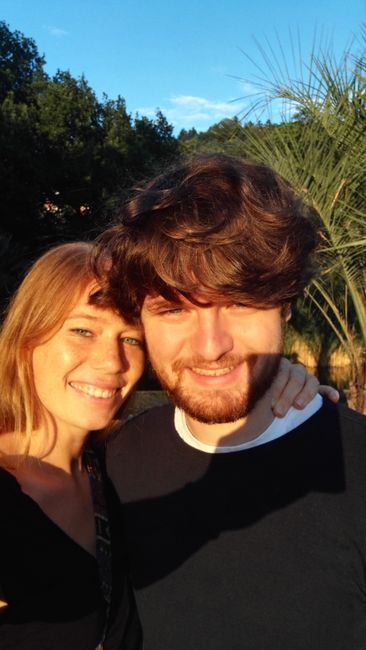From Bolivia to Peru
Pibliye: 05.03.2019
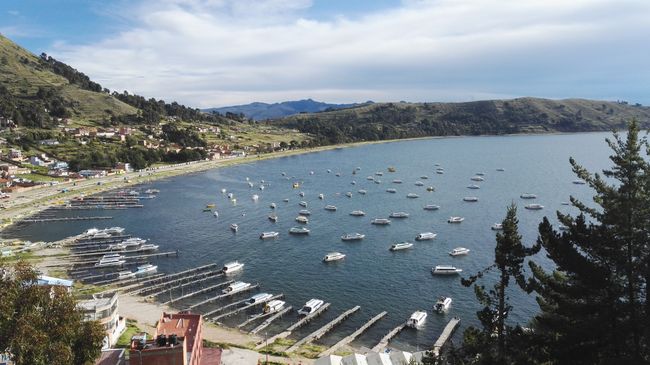
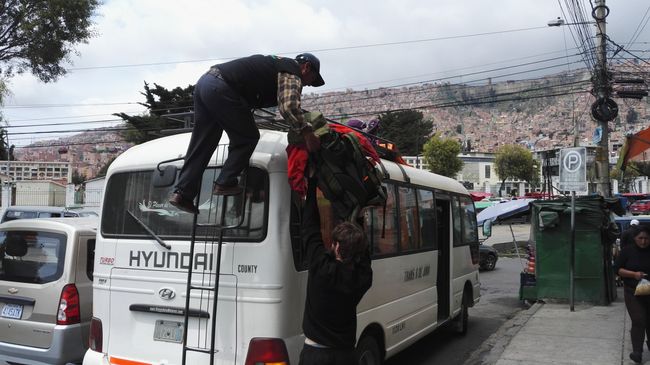
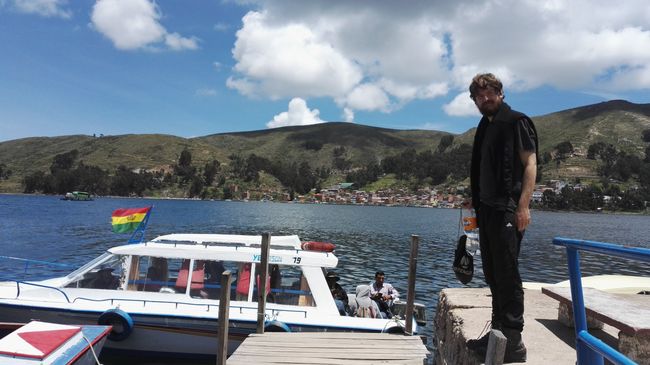
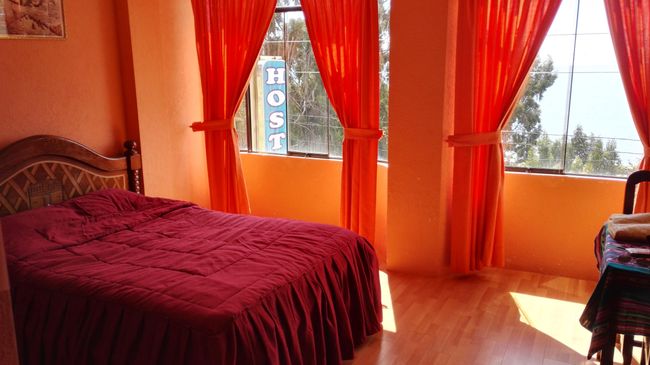
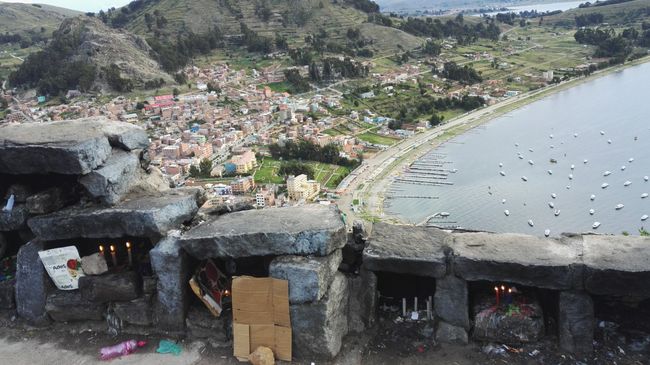
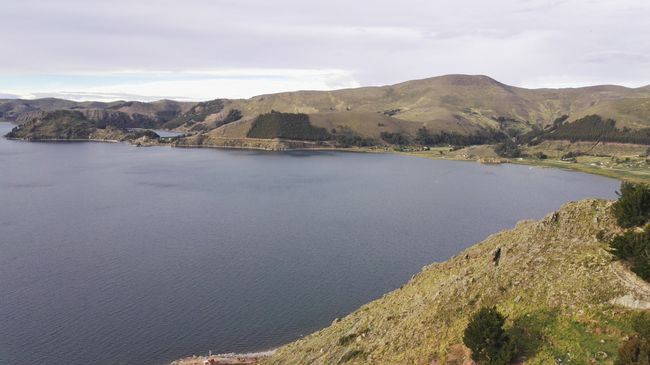
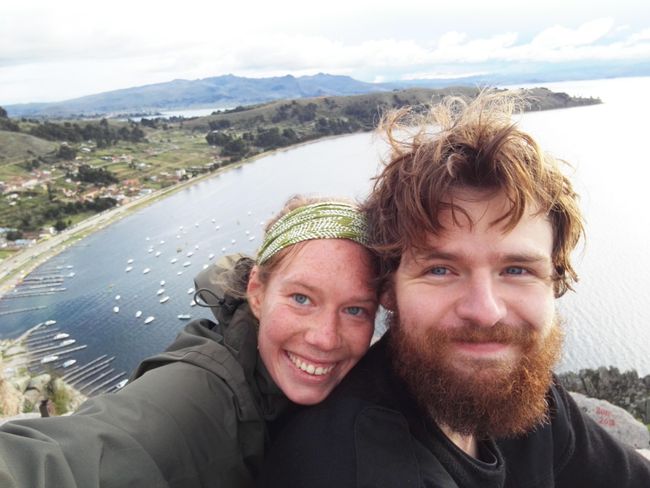
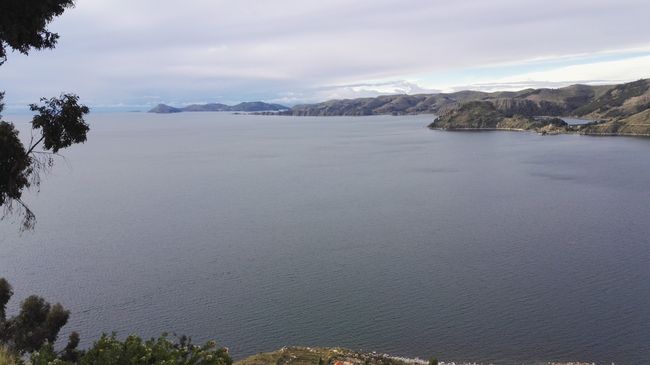
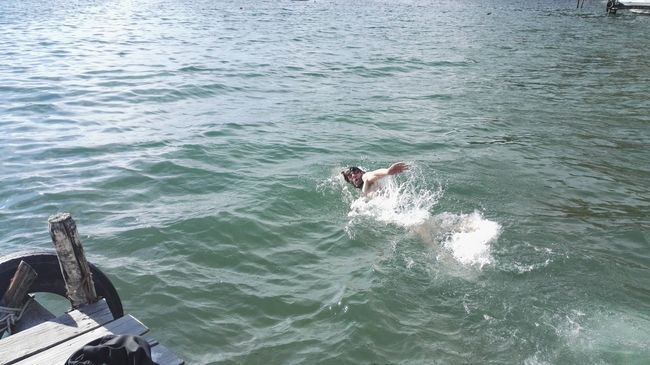
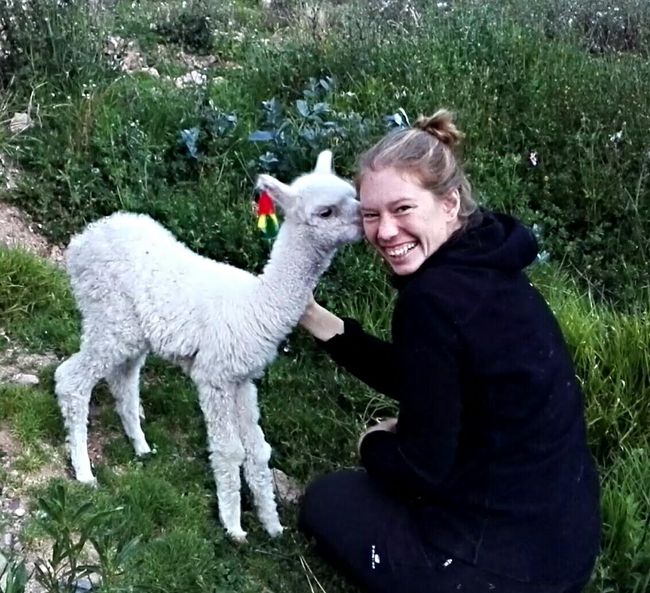
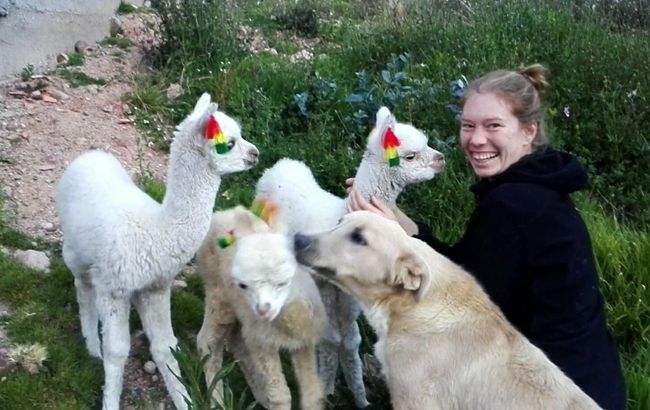
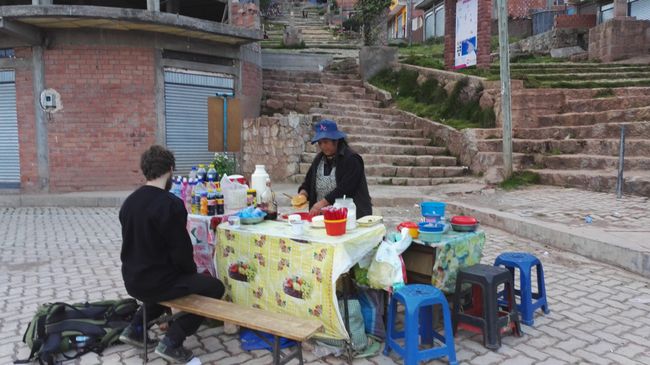
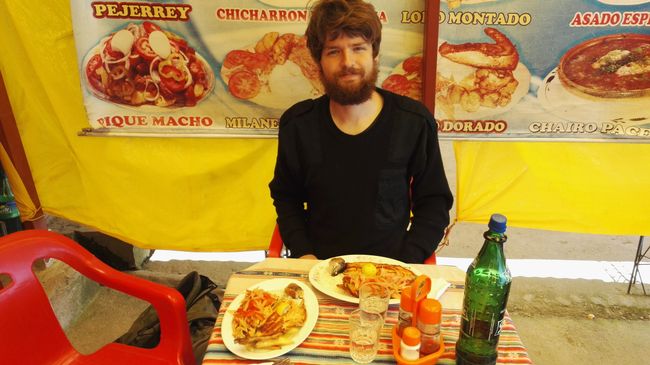
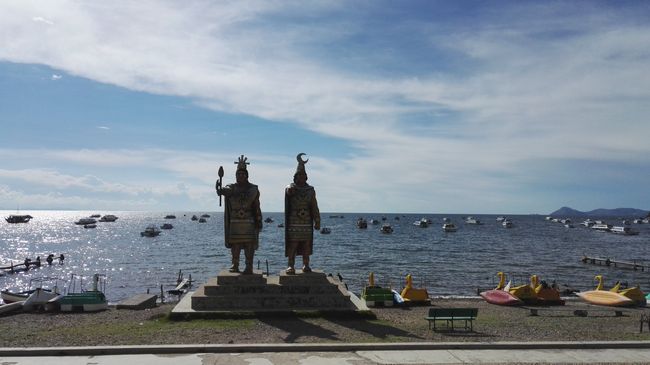
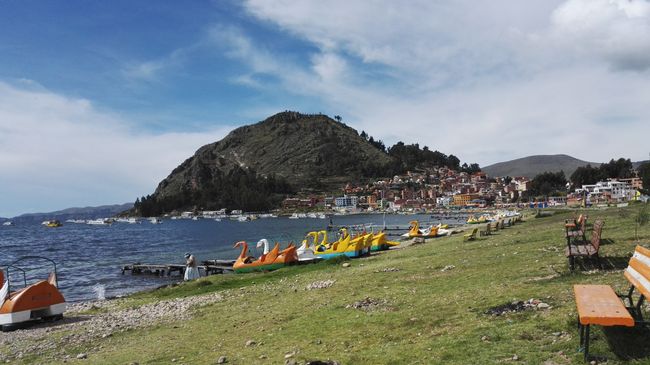
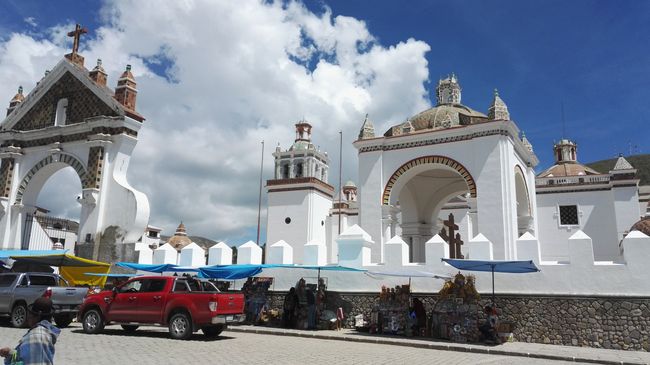

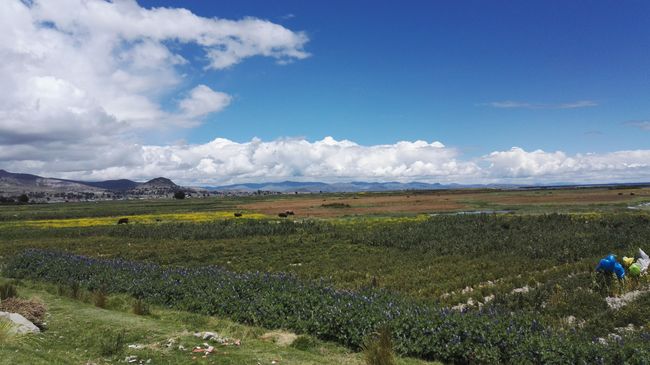
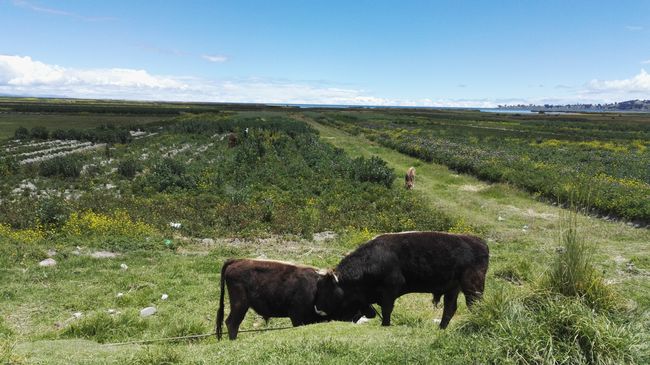
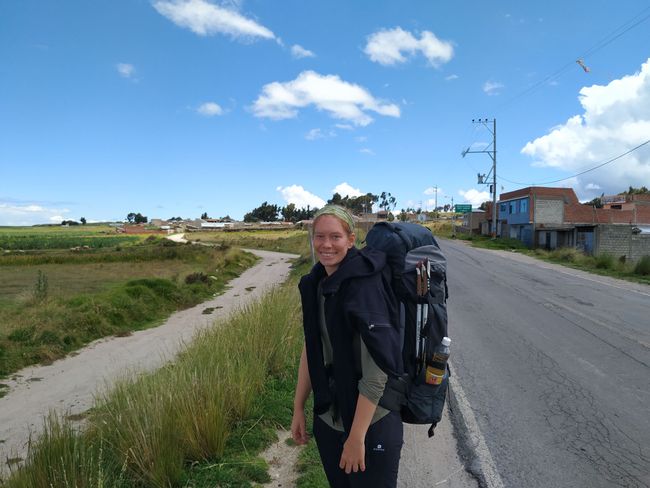
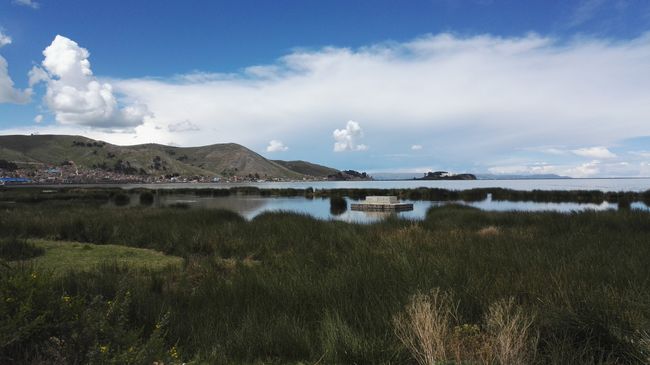
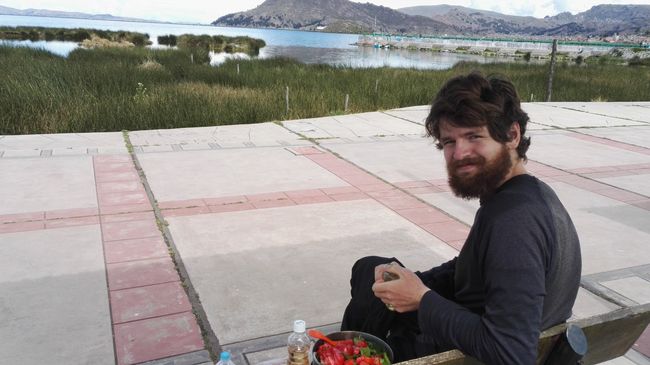
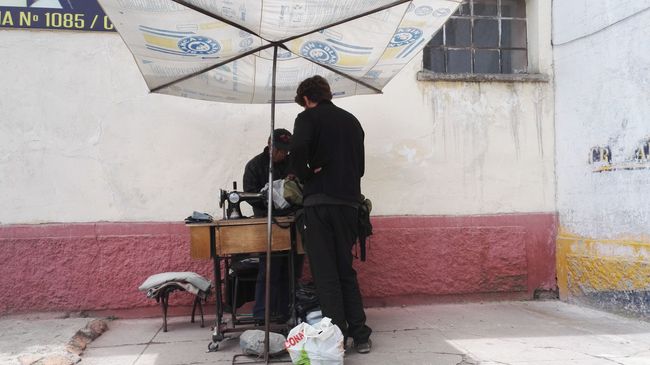
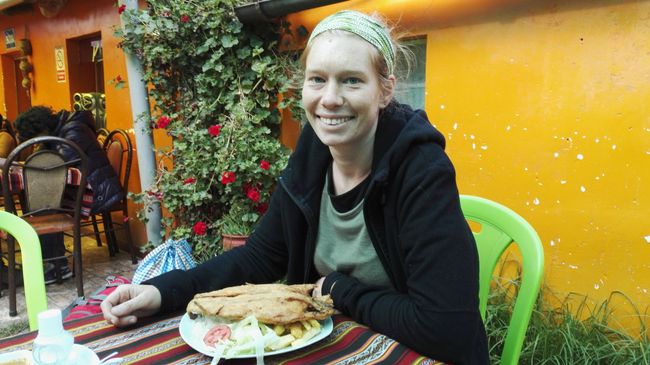
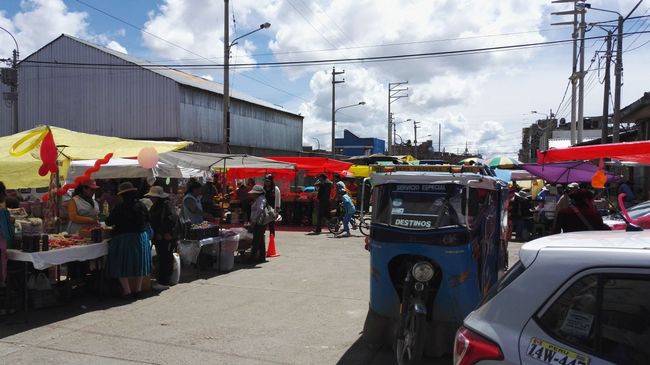
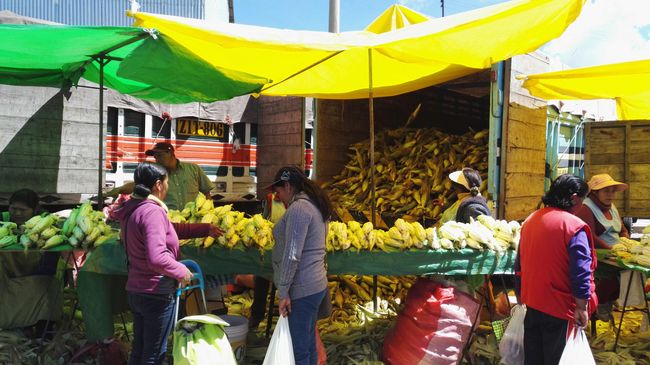
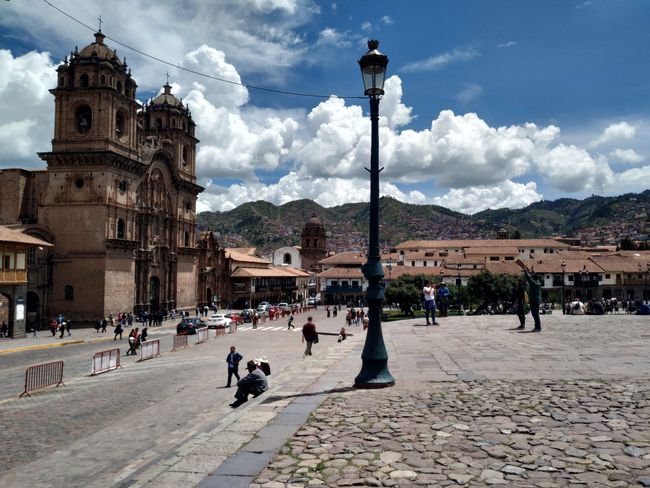
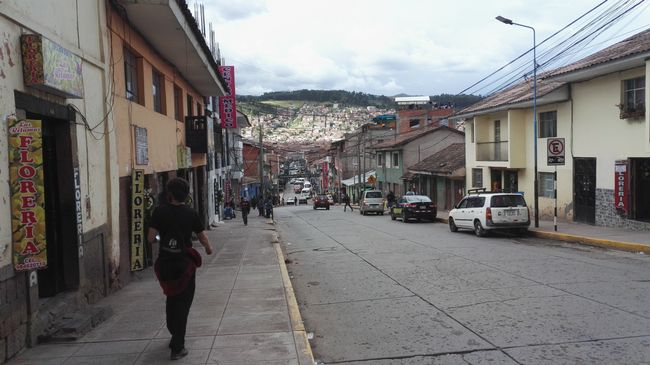
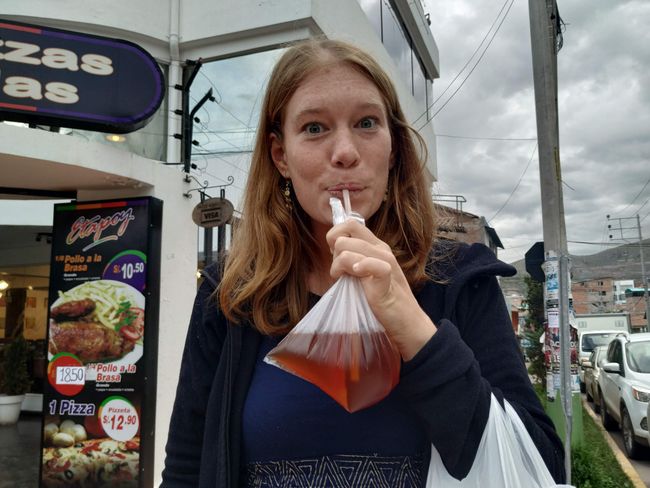
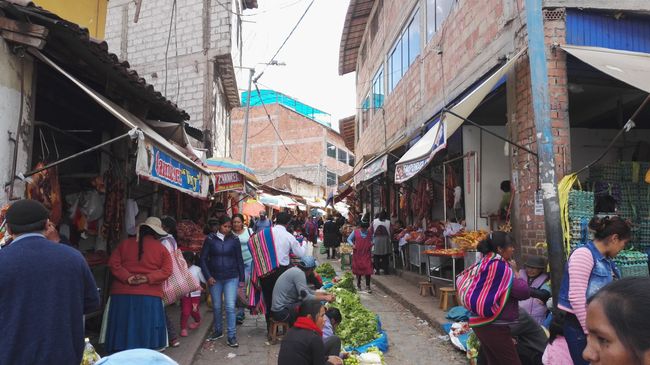
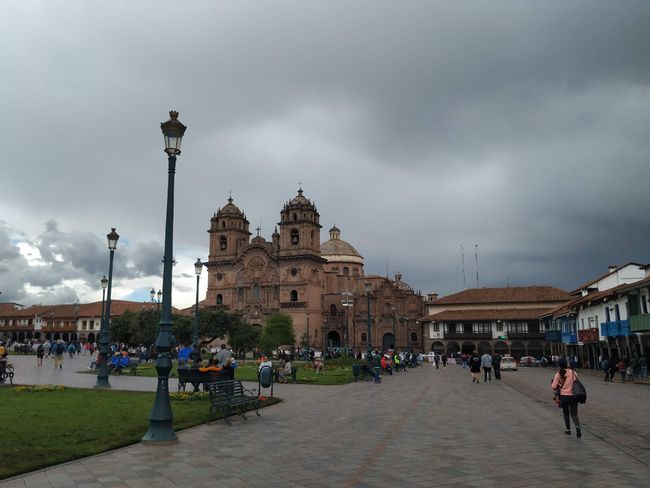
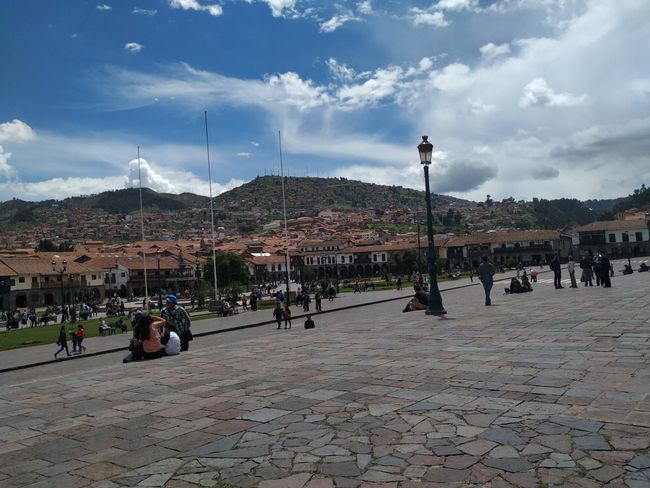
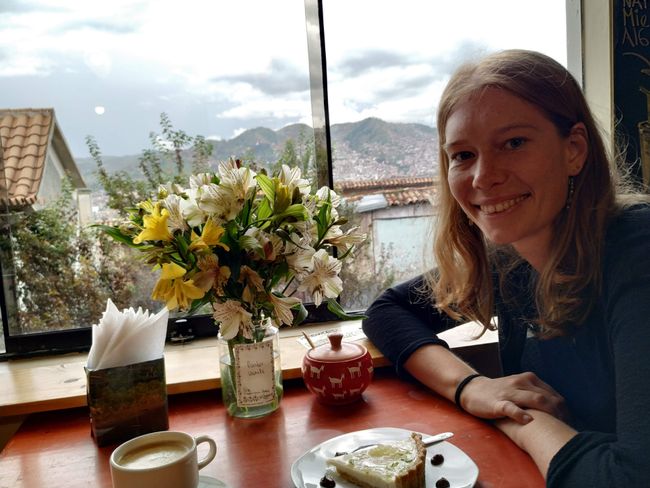

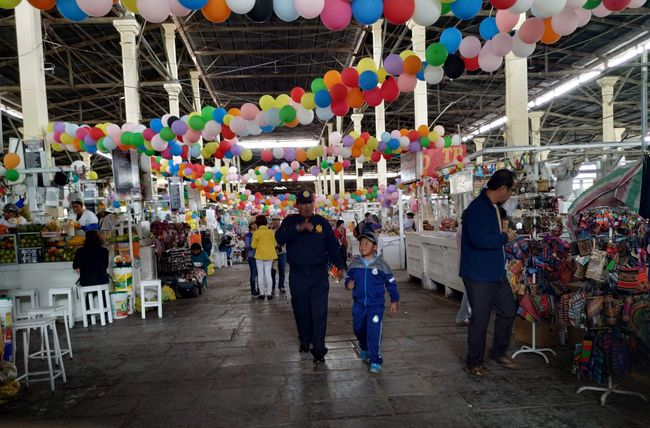
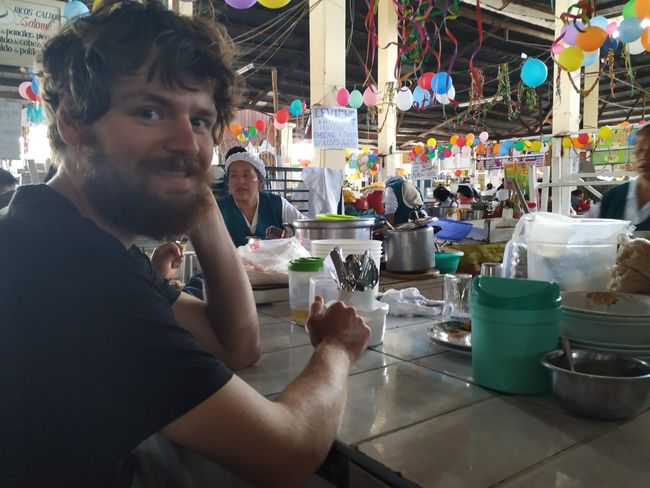
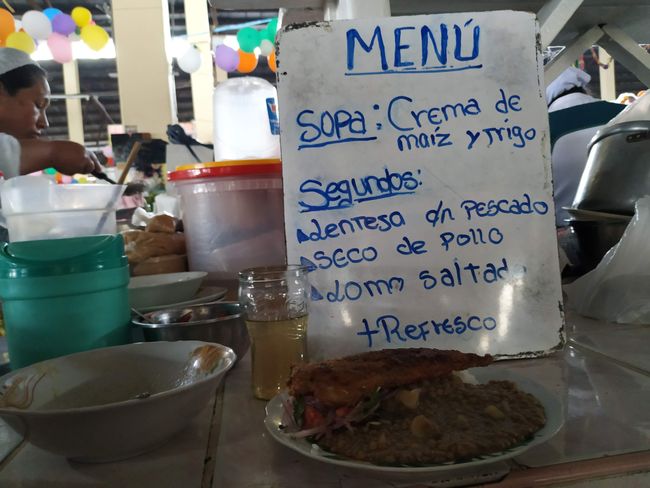
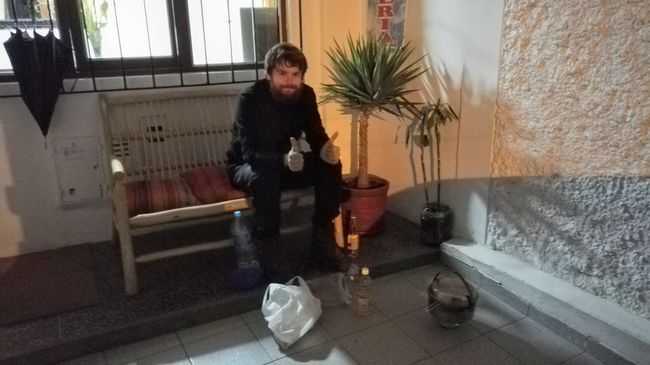
Abònman nan bilten
This time it is short and snappy to read.
From La Paz we continue to Copacabana on Lake Titicaca in a minivan, where, by the way, the father of Pippi Longstocking comes from ;). Our backpacks are quickly stored on the roof of a small bus. On the way, we have to change to get to the other side of the lake. We take a motorboat for 50 cents to the other side while our bus and some other buses are transported by motorized craft.
At 3,800 meters above sea level, Lake Titicaca is the highest commercially navigable lake in the world and is almost as large as Corsica. We spend very relaxed days in Copacabana, a small, very touristy Bolivian village. The sun is shining and the water is blue. Jakob jumps in, the water is 13°C cold. So the pleasure doesn't last long - the Adriatic Sea in December was definitely warmer. We eat Trucha, which is trout from Lake Titicaca, which is usually served with rice, fries, and salad. Going out to eat is easier for us because we can eat fish instead of meat. However, Jakob has to take the fish head off Miriam's plate before she can eat too. For 12 euros, we found a nice room in Copacabana, but the best thing for Miriam are the three fluffy baby alpacas that live in the hostel's garden and are very trusting. They nibble on fingers and jackets and are lovingly licked by the farm dog.
We meet Spaniards whom we have encountered several times in different cities and accommodations, what a coincidence. We relax while drinking coffee and observe the people, and we go to the internet cafe so Jakob can set up his new phone.
After some relaxing days, we continue to Peru. Once again, we don't want to use the tourist bus and find a good alternative. We take a collectivo to the border at Kanthani, about 8km away, and walk across on foot. At the Peruvian border control, we have to join a long line of tourists and we strike up a conversation with a group of Koreans behind us. They are making a documentary about Bolivia and Peru for television, and Jakob is interviewed and asked about the reasons for our trip. With the stamp in our passport, we continue 2km on foot to the next village, where we take a minibus to Puno. It is nice to walk into a new country and let the first impressions sink in peacefully. The Titicaca Lake shines next to us, cattle fight each other, and the fields are filled with the blue alfalfa that we cut on the farm in Argentina and now recognize here.
In the Peruvian side of Lake Titicaca, in the city of Puno, we only stay briefly, it is clearly less touristy than Copacabana. As soon as we get out of the minivan, we are approached in German by a Peruvian. He is a tour guide and we talk in his broken German and our broken Spanish, and in the end, he gives us two bottles of water. What we notice: the average Peruvian is somewhat more open/less suspicious and often smiles at us tourists. In general, there is a lot of laughter in the streets. There are still a few vegetarian dishes available for us, but slightly more than in Bolivia. The appearance of the Peruvians is relatively similar, but they are slightly less traditionally dressed and you see more women in jeans. From Puno, we continue to Cusco by the cheapest local bus, and the price has its reason: it takes us 9 hours for 300km, the bus driver has to stop repeatedly to inflate the tires of his old bus. But we arrive in the city safely in the evening, and after spending another 2 hours searching for our Airbnb accommodation because the address was given incorrectly, we fall into bed completely exhausted. But before that, we have to eat something because we arrive so late and are not allowed to use the kitchen in the accommodation anymore, but we improvise: in the courtyard, we unpack our camping stove, have a beer, and cook spaghetti with tomato sauce, which doesn't boil over this time.
Cusco is visited by many tourists, formerly the capital of the Inca Empire, and there are many pre-colonial and colonial sights. It is located in the middle of the Andes at 3400 meters above sea level and close to the legendary Inca site Machu Picchu. We enjoy the atmosphere of the city, stroll through its streets, and frequently visit the large local market. The older marketwoman prepares an interesting vegetarian dish for us.
We also buy dried fruits, oatmeal, and nuts for the 'Salkantay Trek' on the market, which will take us through the Andes to Machu Picchu in several days. Tomorrow morning we will start, we are already very excited and most likely won't be reachable for the next week.
Abònman nan bilten
Repons

Rapò vwayaj Perou
